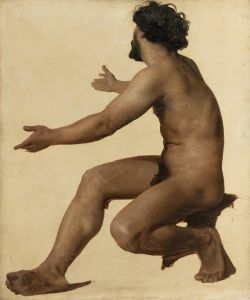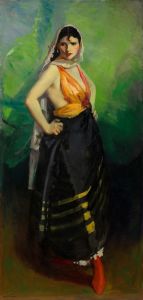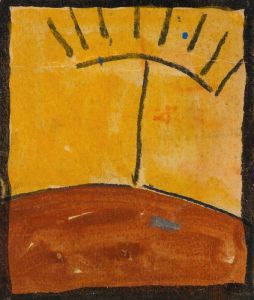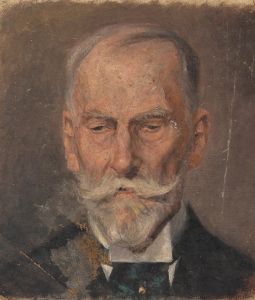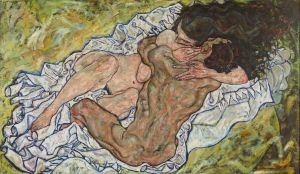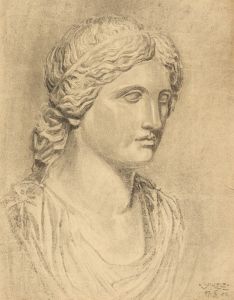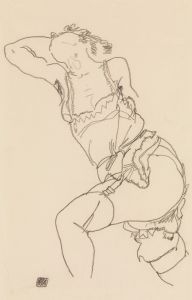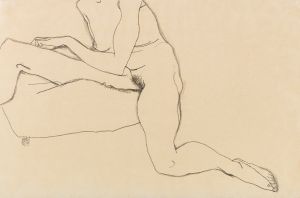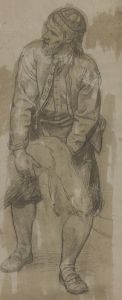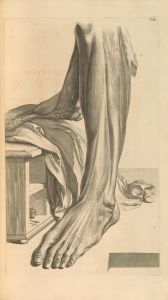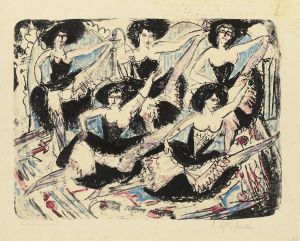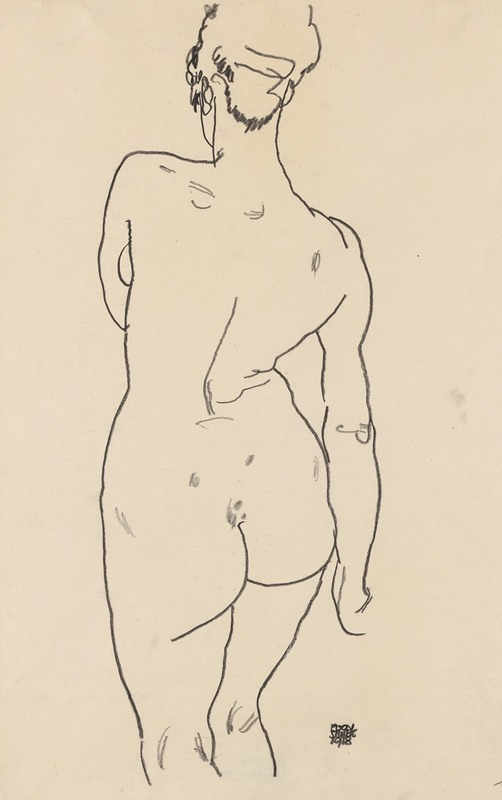
Weiblicher Rückenakt
A hand-painted replica of Egon Schiele’s masterpiece Weiblicher Rückenakt, meticulously crafted by professional artists to capture the true essence of the original. Each piece is created with museum-quality canvas and rare mineral pigments, carefully painted by experienced artists with delicate brushstrokes and rich, layered colors to perfectly recreate the texture of the original artwork. Unlike machine-printed reproductions, this hand-painted version brings the painting to life, infused with the artist’s emotions and skill in every stroke. Whether for personal collection or home decoration, it instantly elevates the artistic atmosphere of any space.
"Weiblicher Rückenakt" (Female Nude from the Back) is a painting by the Austrian artist Egon Schiele, created in 1917. Schiele, a protégé of Gustav Klimt, is known for his distinctive and often provocative style that explores themes of sexuality, death, and the human form. This particular work exemplifies Schiele's fascination with the human body and his ability to convey intense emotion and psychological depth through his art.
The painting features a female figure seen from the back, with her body twisted in a way that accentuates the curvature of her spine and the contours of her muscles. The figure's pose is both vulnerable and powerful, capturing a sense of raw, unfiltered humanity. Schiele's use of line is particularly notable; his bold, expressive strokes outline the figure with precision and energy, creating a dynamic sense of movement and tension.
Schiele's palette in "Weiblicher Rückenakt" is relatively muted, with earthy tones that highlight the naturalism of the human body. The background is sparse, drawing the viewer's attention entirely to the figure. This focus on the human form is a hallmark of Schiele's work, reflecting his interest in exploring the complexities of human existence through the physical body.
Egon Schiele was a key figure in the Expressionist movement, and his work often pushed the boundaries of conventional art in the early 20th century. His approach to the human figure was both radical and intimate, often depicting his subjects in unguarded, sometimes contorted poses that reveal their inner lives. Schiele's work was controversial during his lifetime, and he faced both critical acclaim and public scandal. Despite this, his influence on modern art is undeniable, and his works are celebrated for their emotional intensity and technical mastery.
"Weiblicher Rückenakt" is part of Schiele's broader exploration of the female form, which he approached with a mix of reverence and scrutiny. His depictions of women often challenge traditional notions of beauty and propriety, presenting his subjects in a way that is both confrontational and empathetic. This painting, like many of his works, invites viewers to consider the complexities of the human condition and the ways in which our physical forms reflect our inner experiences.
Today, Egon Schiele's works, including "Weiblicher Rückenakt," are held in high regard and can be found in major art collections and museums around the world. His contributions to the Expressionist movement and his unique approach to the human figure continue to inspire and challenge artists and art lovers alike.





